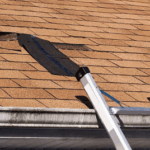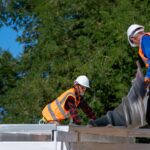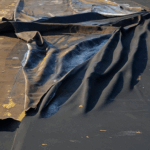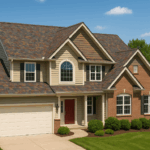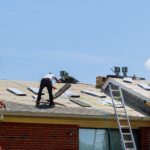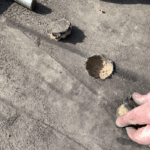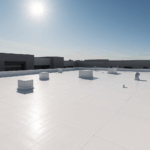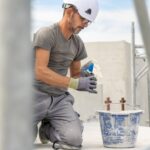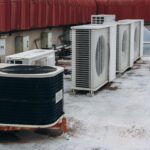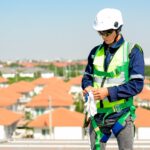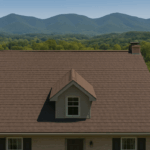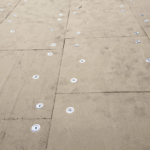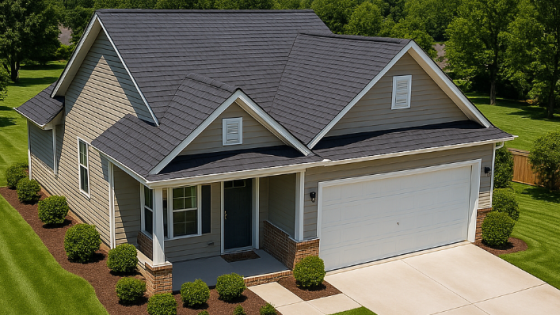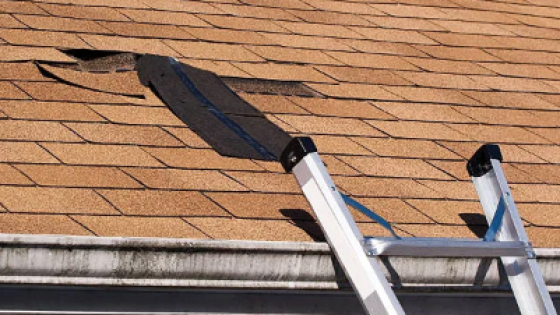When it comes to roofing, most homeowners in Knoxville, TN, think of shingles as the primary component of a roof. While shingles are indeed crucial for protecting your home, they are just one part of a much larger system that works together to keep your house safe from the elements. Understanding what else goes on a new roof besides the shingles can help you appreciate the complexity and importance of a well-constructed roof.
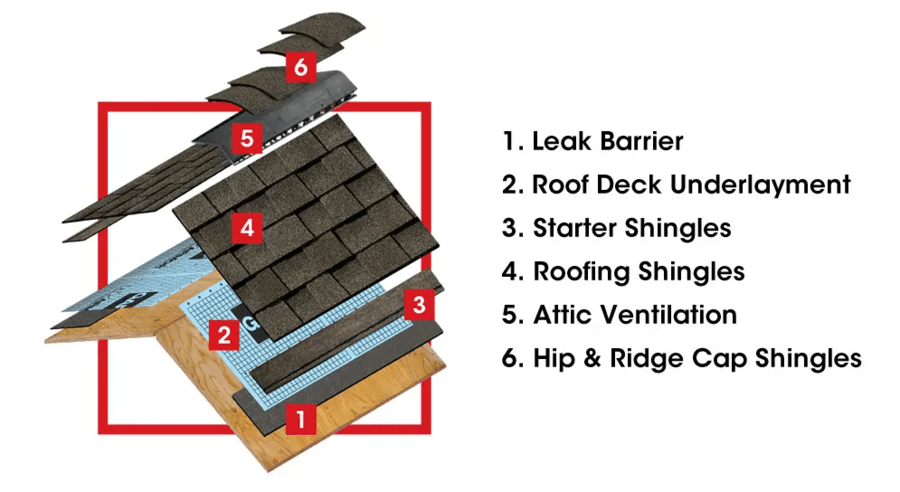
1. Roofing Underlayment
One of the most essential components of a new roof is the roofing underlayment. This layer sits directly on the roof deck (usually plywood) and beneath the shingles. The underlayment serves as a secondary barrier against moisture. There are two main types of underlayment used in roofing:
Felt Paper: Also known as tar paper, this traditional underlayment is made from a combination of asphalt and natural fibers. It’s water-resistant and provides a layer of protection against leaks.
Synthetic Underlayment: A more modern option, synthetic underlayment is made from polypropylene or polyethylene. It’s lighter, stronger, and offers better protection against water and UV rays than traditional felt paper.
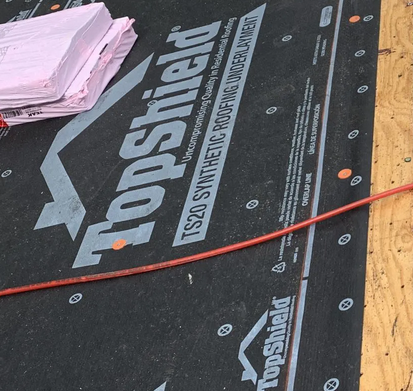
2. Drip Edge
The drip edge is a metal flashing installed along the edges of your roof. It’s placed at the eaves and rakes to guide water away from the fascia and into the gutters. Without a drip edge, water could potentially seep under the roofing materials, leading to rot and other damage.
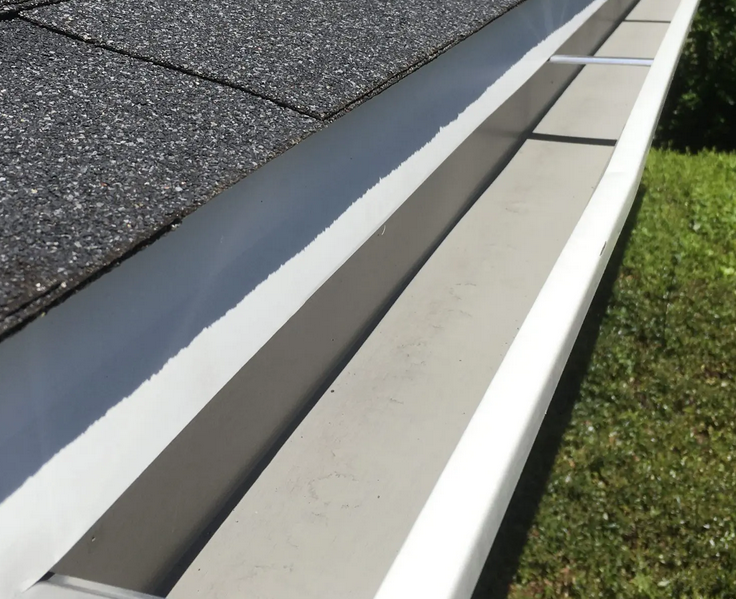
3. Ice and Water Shield
Particularly important in areas prone to freezing temperatures, like certain parts of Knoxville, an ice and water shield is a waterproof membrane that protects vulnerable areas of the roof from ice dams and wind-driven rain. This material is typically installed along the roof’s edges, valleys, and around chimneys or skylights.
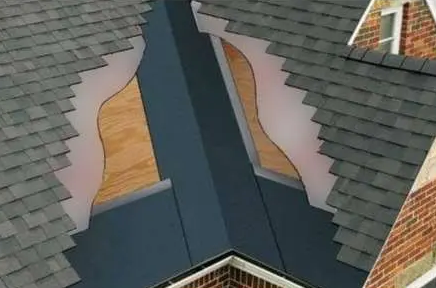
4. Flashing
Flashing is another critical component of your roofing system. It’s typically made from aluminum or galvanized steel and is installed around roof features like chimneys, vents, and skylights. Flashing helps direct water away from these areas, preventing leaks that could cause significant damage.
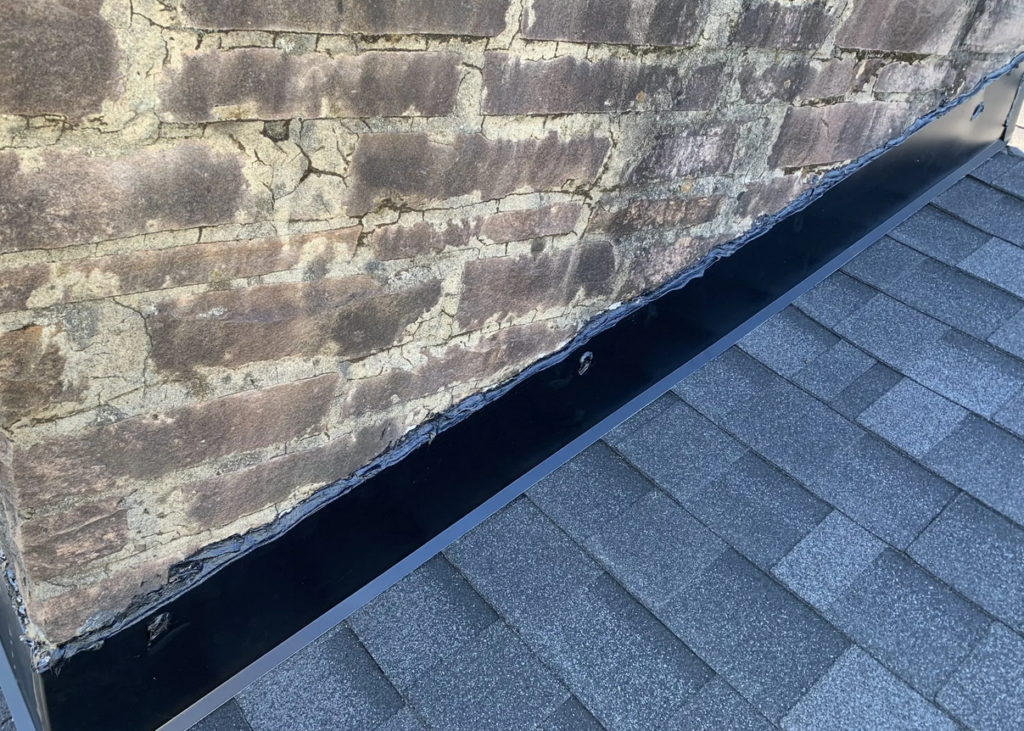
5. Ridge Vents and Other Ventilation
Proper ventilation is vital for maintaining the longevity of your roof. Ridge vents, which are installed at the peak of the roof, allow hot air to escape from the attic. This prevents the buildup of moisture and heat, which can damage the roof over time. In addition to ridge vents, soffit vents are often installed along the eaves to allow fresh air to enter the attic.

6. Roof Decking
Roof decking, often made from plywood or OSB (oriented strand board), is the foundation upon which all other roofing materials are installed. It provides the structural support for the roof and must be in good condition before any new roofing materials are applied. If the decking is damaged or rotten, it will need to be replaced before the new roof installation can proceed.
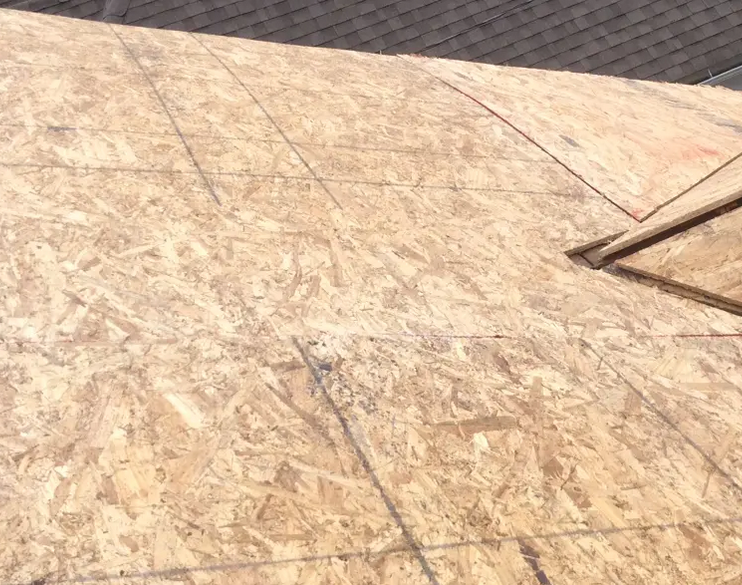
7. Gutters and Downspouts
While gutters and downspouts aren’t technically part of the roof itself, they are crucial in protecting your home from water damage. Gutters collect rainwater from the roof and direct it away from your home’s foundation via downspouts. Properly installed and maintained gutters are essential for preventing issues like basement flooding, foundation damage, and erosion.
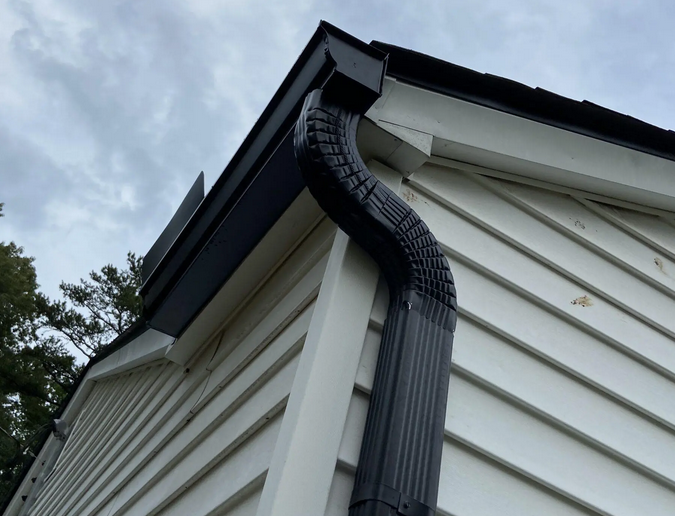
8. Skylights and Roof Windows
For homes in Knoxville that feature skylights or roof windows, these elements must be carefully integrated into the roofing system. Proper flashing and sealing are vital to prevent leaks around these openings. Quality installation is key to ensuring that skylights don’t compromise the integrity of your roof.
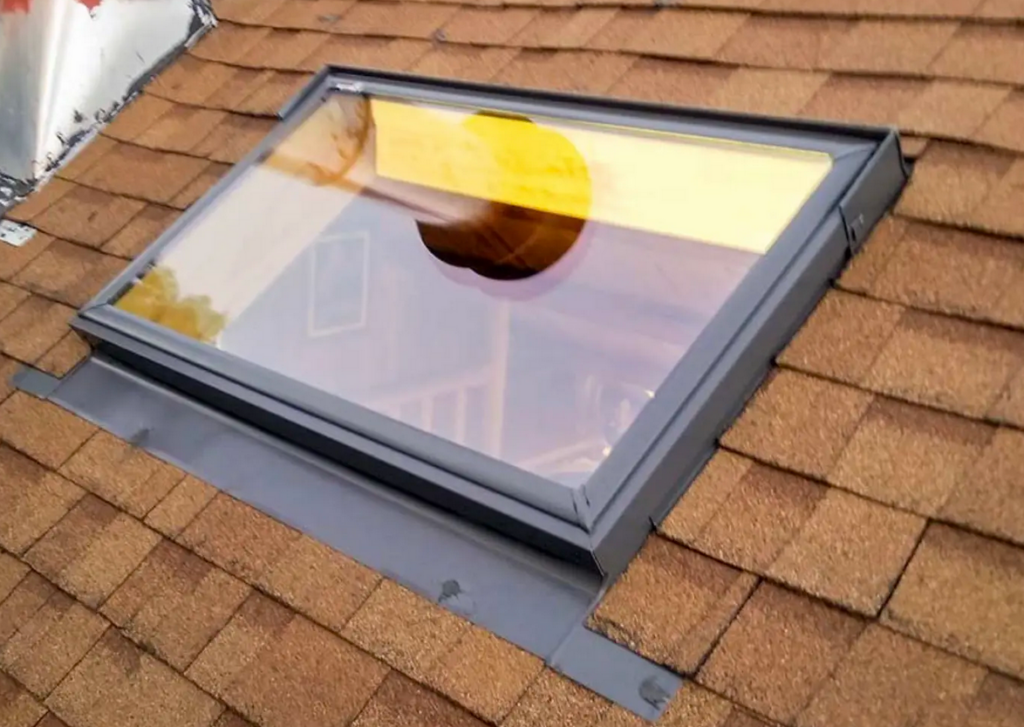
9. Soffit and Fascia
The soffit is the material that covers the underside of the roof’s overhang, while the fascia is the vertical finishing edge that caps the end of the rafters. These elements play a significant role in protecting your roof and home from the elements. The soffit often has vents that allow air to flow into the attic, aiding in ventilation, while the fascia provides a finished look and helps support the gutters.
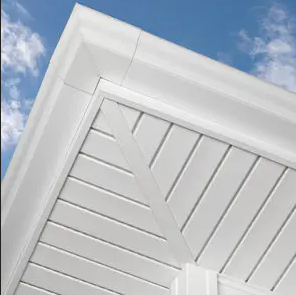
10. Fasteners and Adhesives
Last but not least, fasteners and adhesives are the unsung heroes of your roofing system. Nails, screws, and specialized adhesives are used to secure shingles, underlayment, flashing, and other components in place. These materials must be of high quality and properly installed to ensure the longevity and effectiveness of your roof.
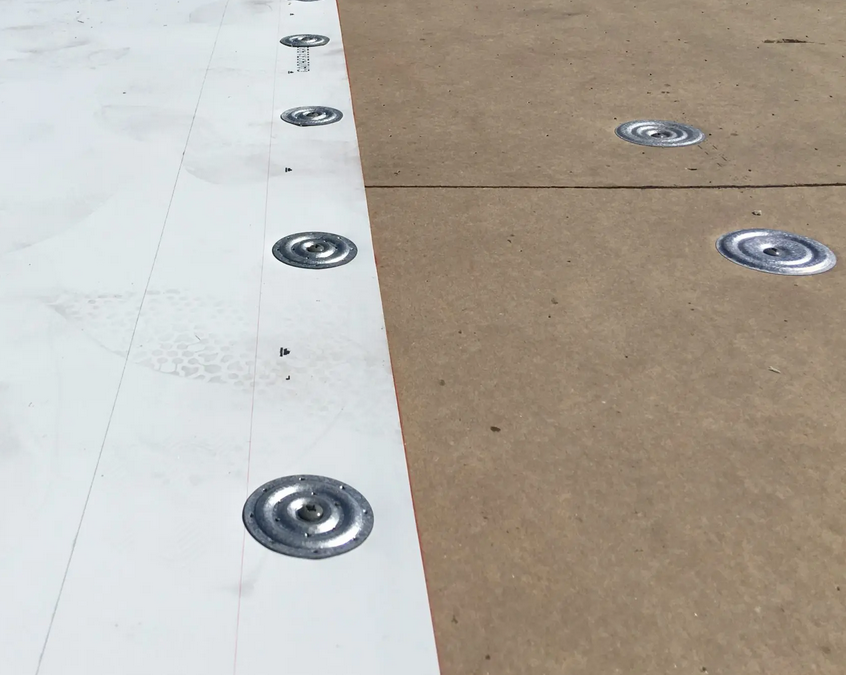
Purpose of Various Roofing Components
| Component | Purpose |
|---|---|
| Underlayment | Adds extra moisture protection; improves roof durability |
| Drip Edge | Prevents water damage; extends roof lifespan |
| Ice & Water Shield | Essential in cold climates; prevents ice dams |
| Flashing | Protects against leaks in vulnerable areas |
| Ventilation | Prevents heat and moisture buildup; extends roof life |
| Roof Decking | Provides a strong foundation for the roof |
| Gutters | Protects home foundation and landscaping from water damage |
| Skylights | Adds natural light and aesthetic appeal |
| Soffit & Fascia | Protects roof edges and improves ventilation |
| Fasteners/Adhesives | Ensures all materials stay in place; critical for roof stability |
FAQs About Roofing Components
Underlayment provides an additional layer of protection against water infiltration, especially during extreme weather.
No, the drip edge is essential for directing water away from the roof and preventing damage to the fascia and underlying materials.
Flashing prevents water from leaking into your home at intersections and joints like around chimneys and vents.
Proper ventilation reduces heat and moisture buildup in the attic, which can prevent premature roof aging and damage.
Only if the existing decking is damaged or not up to code. Otherwise, it can usually be reused.
Aluminum is commonly used due to its durability and resistance to rust. Copper is another premium option.
Not if they are properly installed and maintained with the correct flashing and seals.
Common signs include excessive heat in the attic, moisture buildup, and uneven shingle wear.
Flashing should be inspected annually and after severe weather to ensure it’s still effective.
Soffit covers the underside of the roof overhang, while fascia is the vertical edge that supports the gutters.
Components on New Roof Besides The Shingles
When it comes to installing a new roof besides the shingles, understanding all the components involved is crucial for ensuring your home is well-protected and that your investment lasts for years to come. From underlayment and drip edges to flashing and ventilation, every part plays a significant role in the overall performance of your roof. If you’re in Knoxville, TN, and are considering a new roof or need repairs, don’t leave anything to chance. Contact Litespeed Construction today for a free, no-obligation roof estimate. Our team of experienced professionals is ready to provide you with top-quality service and ensure that every aspect of your new roof besides the shingles is expertly installed. Call us now to schedule your consultation and take the first step towards a safer, more durable roof for your home.




